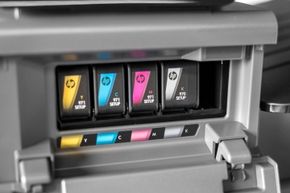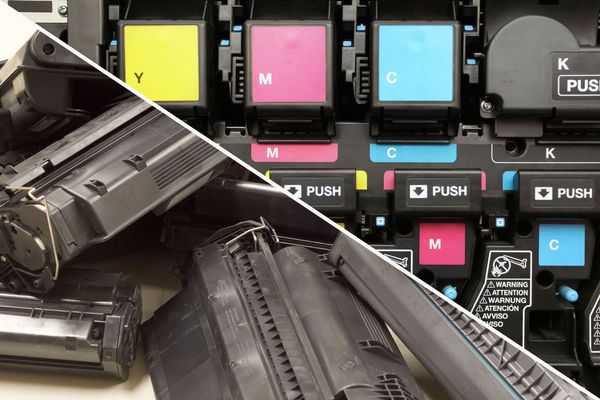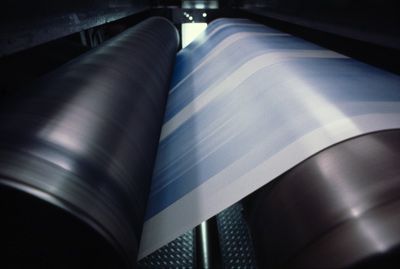You're up late at night working on that last-minute school paper. A wave of relief washes over you as you make the final edit and hit save. But when you go to print, you get a message informing you that your printer is out of black ink and it won't budge. At this point, it is either off to a copy shop with your document on a thumb drive or to a 24-hour big-box store that sells printer cartridges, you hope, for your model.
A printer is an extremely useful computer peripheral, but it's one that we sometimes love to hate. They produce frustrating incomprehensible errors, such as "PC Load Letter." Sometimes our computers have issues seeing them so that we can send them print jobs. And they periodically get paper jams. They're also notorious for running out of ink the moment you need it most (despite any early warning messages we might have brushed off).
Advertisement
The most common desktop printers are inkjet and laser printers. Inkjet printers use cartridges that are filled with liquid ink (usually), and laser printers use cartridges filled with powdered toner. How long these cartridges will last depends on myriad factors including the model of your printer, what cartridges you bought, how much you print, and how often you use or turn off your printer.
But printers also allow us to fill blank pages with text and images that weren't there before, and the technology behind the devices — and the ink they spew — is pretty impressive. They've come a long way in the past few decades.


